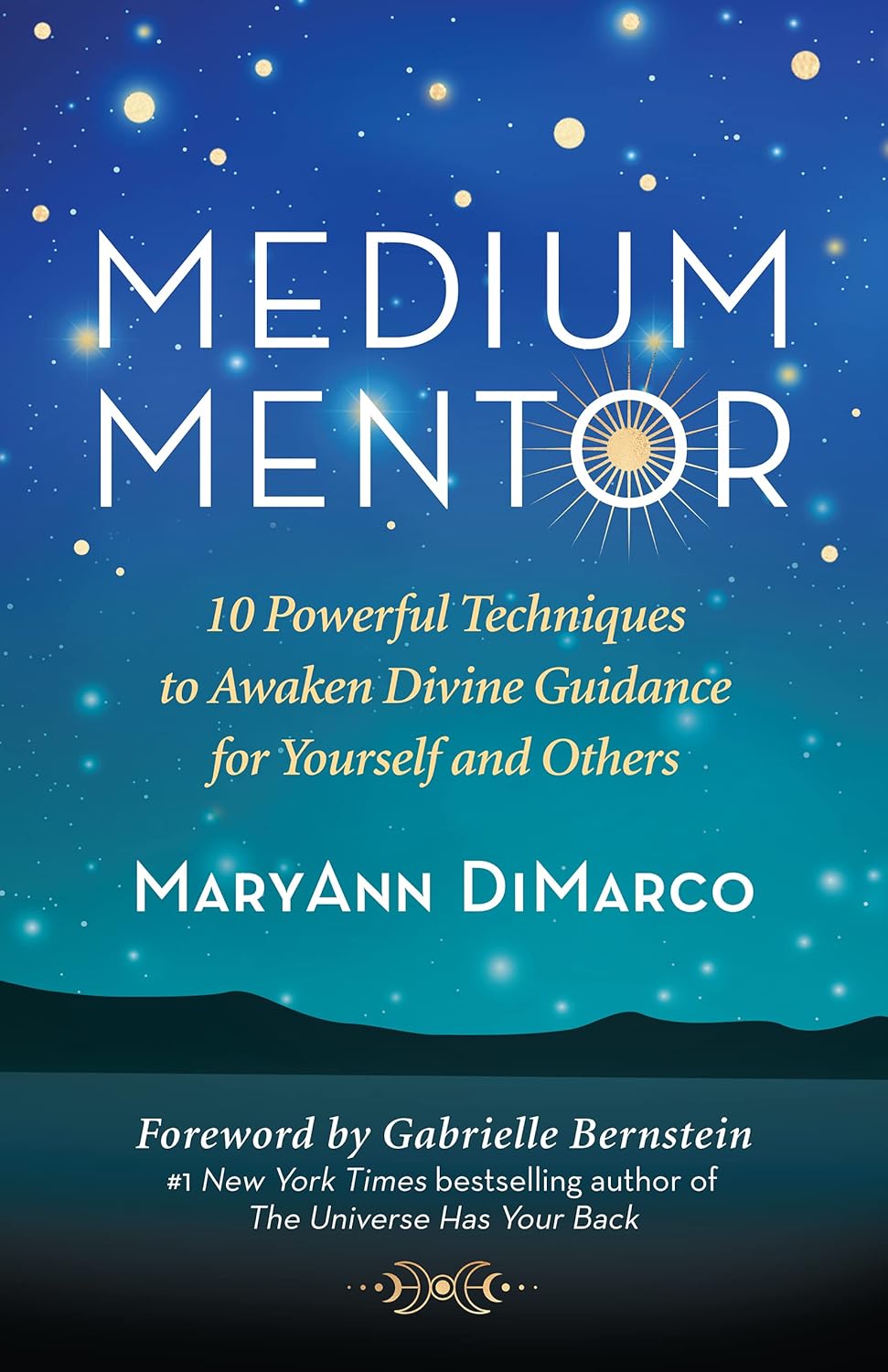
Medium Mentor: 10 Powerful Techniques to Awaken Divine Guidance for Yourself and Others
FREE Shipping
Medium Mentor: 10 Powerful Techniques to Awaken Divine Guidance for Yourself and Others
- Brand: Unbranded

Description
Knowing how to recognize, trust in, and act on your intuition can directly connect you with the higher power of the universe and allow it to become your guiding force.
I wasn’t spooked and took great comfort in the fact that Derek was proud of me, after all the sudden timing of his death I had an awful lot of other stuff going on too. She will share her own experiences and insights, as well as offer practical advice and tools to help you connect more deeply with your intuition and Spirit team.Revised and updated edition: Renowned spiritual teacher and New York Times best-selling author offers an extensive guide to connecting with your spirit guides so that you can enjoy more love, abundance, purpose, support, and joy. Private Readings (Online or In-person) DisclaimerEach reading registration is for one person/device only. In Medium Mentor, MaryAnn offers ten powerful strategies for developing intuition and awakening latent psychic gifts.
They are always accurate and delivered with kindness, humour and respect for the spirit that is coming through. Medium Mentor: 10 Powerful Techniques to Awaken Divine Guidance for Yourself and Others (New World Library, April 12, 2021) , is a new title for readers who want to develop their intuitive gifts not only to help themselves, but perhaps even more importantly, to serve others. FB Group to join that gives support and information for addition practice, this is held online through zoom.If these Terms and Conditions are considered an offer, acceptance is expressly limited to these Terms and Conditions.
- Fruugo ID: 258392218-563234582
- EAN: 764486781913
-
Sold by: Fruugo
